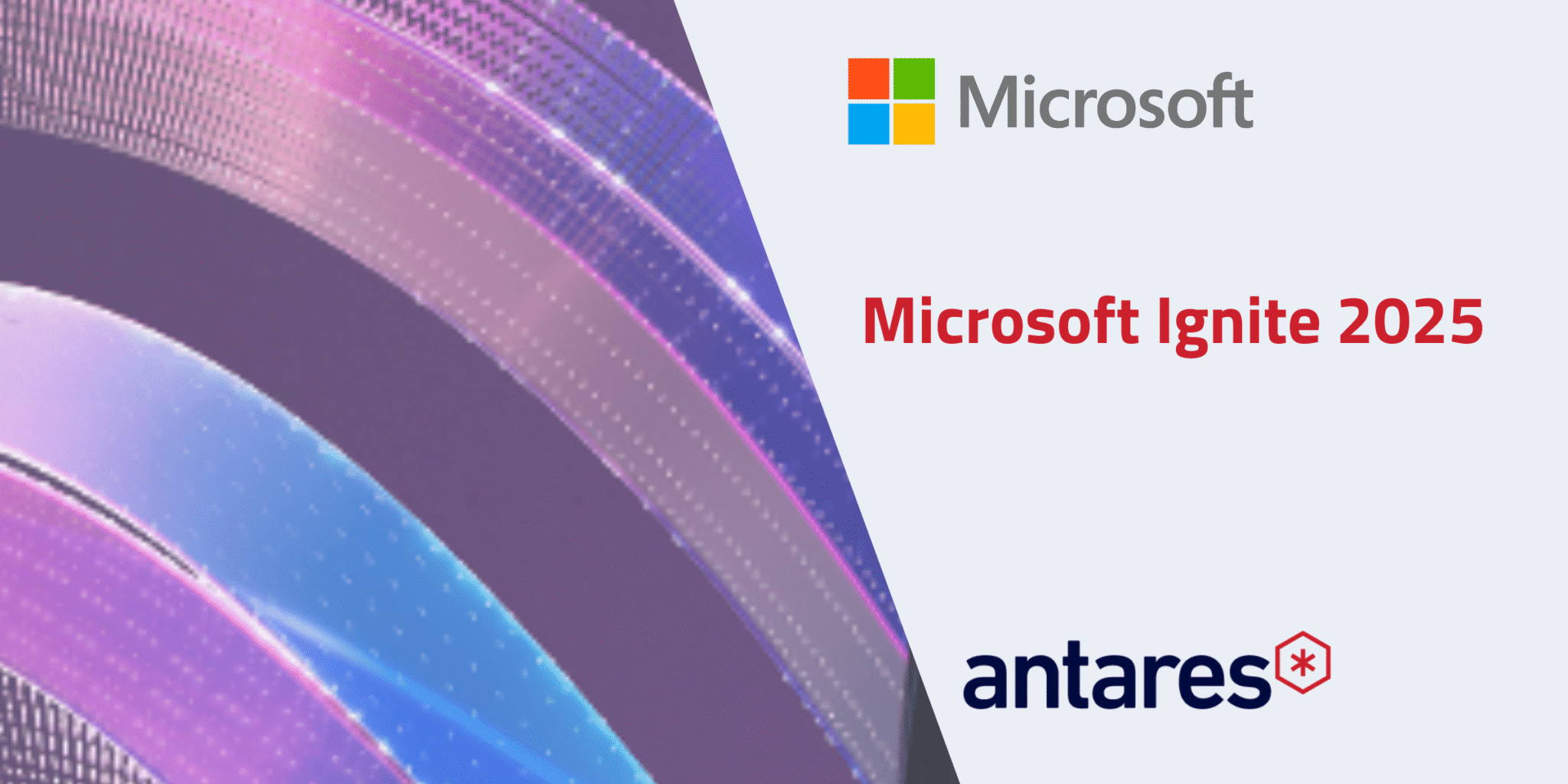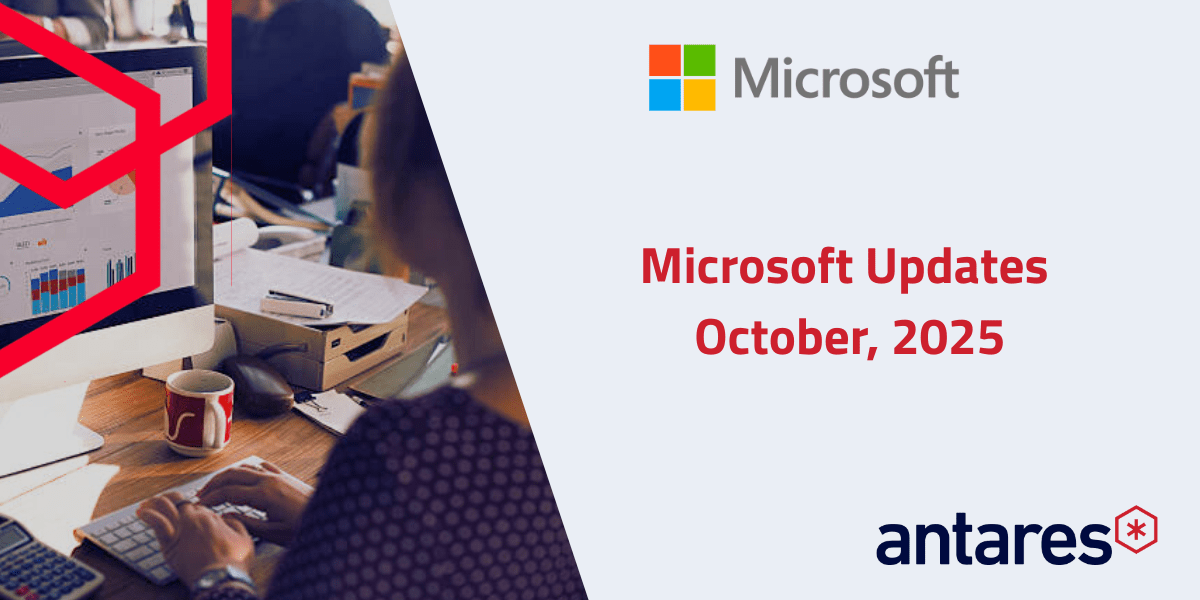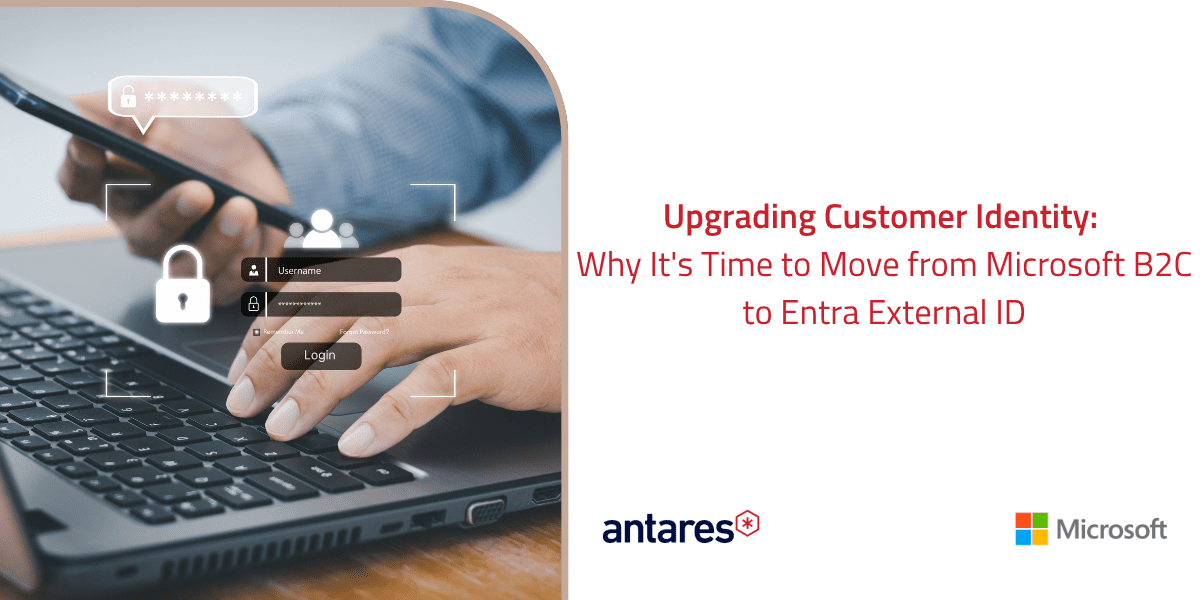It’s easy to assume that the latest advancements in AI and analytics alone can deliver business transformation. It is important to remember that even the most sophisticated tools are only as effective as the strategy guiding them. Technology alone cannot drive meaningful change – without a cohesive strategy, organisations risk fragmented data, inconsistent insights, and missed opportunities. At Antares, we see time and again that true business transformation happens when data, AI and analytics are aligned under a strong, unified strategy.
Why a strong data strategy matters
The promise of AI and advanced analytics is immense, from automating decision making to uncovering insights hidden deep within your data. However, without a clear strategy there is the risk of inducing fragmented data with inconsistent governance and missed opportunities. AI amplifies both the value and the risk of your data. Without the right foundations, you may end up with “data chaos” where data is siloed, untrusted and underutilised.
A modern data strategy ensures your investments in AI and analytics are targeted, sustainable, and aligned with business goals. It provides the rules, frameworks and culture needed to maximise value while minimising risk.
Microsoft Fabric and Power BI: The Building Blocks of Modern Data Strategy
What is Microsoft Fabric?
Microsoft Fabric represents a unified, end-to-end analytics platform built for the cloud. It brings together data engineering, integration, storage, data science, real-time analytics and business intelligence all within a single environment. Fabric’s “lakehouse” architecture means you can ingest and store all types of data whilst preserving strong governance and security.
What is Power BI?
Power BI is Microsoft’s industry-leading business intelligence suite. It enables everyone from analysts to executives in order to access, visualise and share data insights easily. With its self-service capabilities, Power BI breaks down barriers, empowering business users to answer their own questions and make data-driven decisions without relying on IT bottlenecks.
Modern Enterprise Challenges
Modern enterprises face a unique set of challenges:
- Data sprawl across multiple clouds, legacy systems and disconnected platforms making it difficult to establish a single source of truth.
- Increased regulatory scrutiny and security risks, requiring tighter data governance and compliance practices.
- Pressure to innovate and react quickly to shifting market conditions and customer demands
- The need to empower every employee with data, not just IT or analytics teams
Antares partners with organisations to address these challenges holistically. We help you define a strategy that not only deploys best-in-class technology like Fabric and Power BI, but also embeds governance, skills development and business alignment at every step.
7 Best Practices for Enterprise Data Strategy
1. Start with Business Value, Not Technology
Always anchor your data strategy in business objectives. Map data initiatives directly to outcomes such as increased revenue, improved customer experience, or operational efficiency.
2. Prioritise Data Governance Early
Establish governance frameworks covering data quality, security, lineage and compliance. Fabric’s governance features, such as data cataloguing, role-based access and auditing make this easier to operationalise.
3. Adopt a Unified Data Platform
Avoid silos by unifying data sources in Microsoft Fabric. The platform’s native connectors and integration tools simplify ingestion and transformation from both on-premises and cloud sources.
4. Build for Scalability and Flexibility
Design your architecture to evolve as business needs change. Fabric’s modular approach and pay-as-you-go model mean you can start small and scale up as your strategy matures.
5. Empower Users with Self-Service Analytics
Roll out Power BI across the organisation, but support it with training and data literacy programs. Encourage a culture where insights are shared and acted upon, not just generated.
6. Automate Where Possible
Use Fabric’s orchestration and data pipeline features to automate data preparation and refresh cycles. This reduces manual effort and ensures insights are always up to date.
7. Monitor, Measure, and Optimise
Regularly review your data strategy’s impact. Use Power BI dashboards to track adoption, data quality and business outcomes and adjust your approach as needed
To Conclude
AI, analytics and cloud platforms such as Microsoft Fabric and Power BI create a rare chance for enterprises to rethink what’s possible. Technology by itself will not deliver. Partnering with Antares provides both deep technical skills and a proven strategic approach so your data becomes a real competitive advantage today and beyond.




